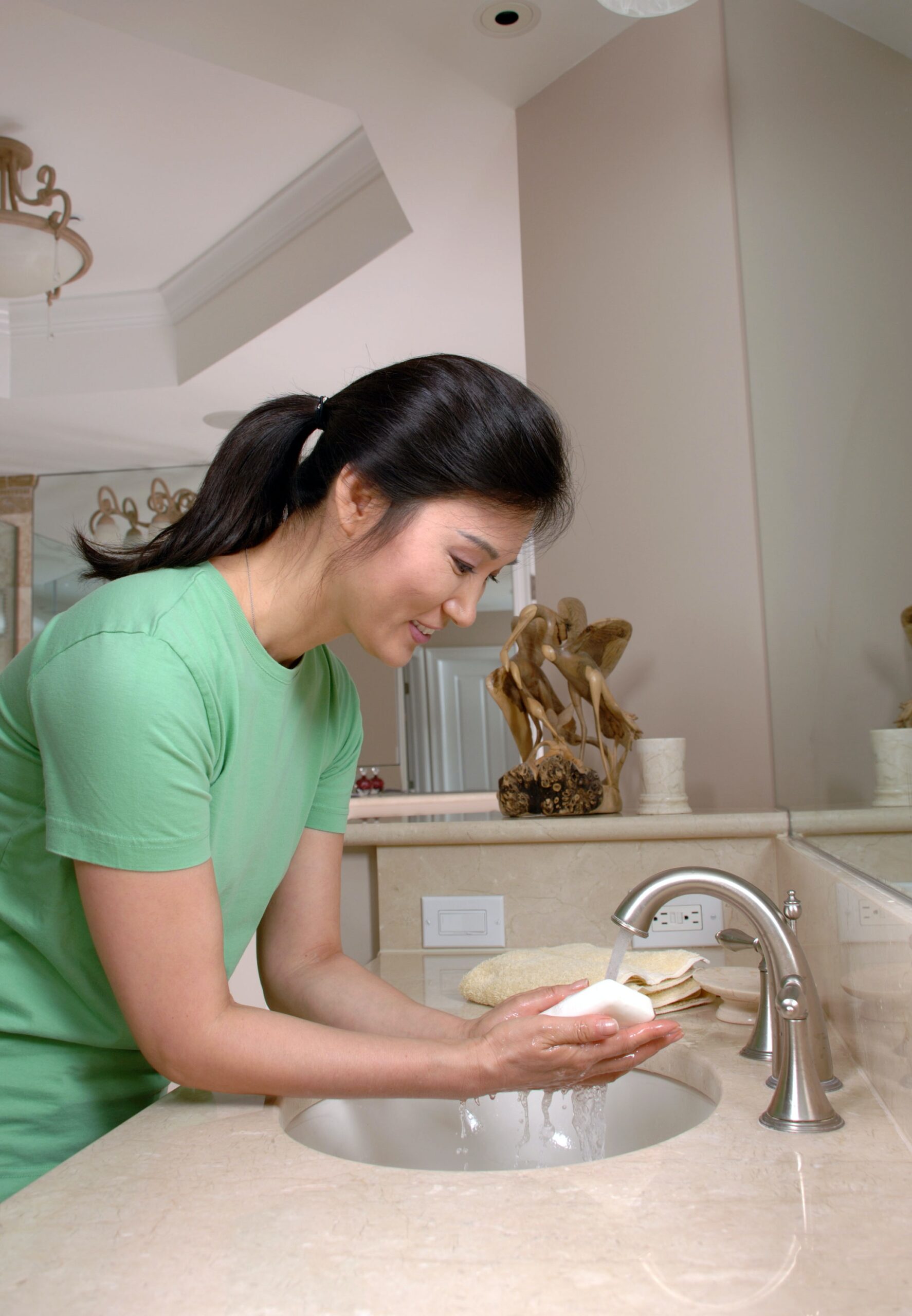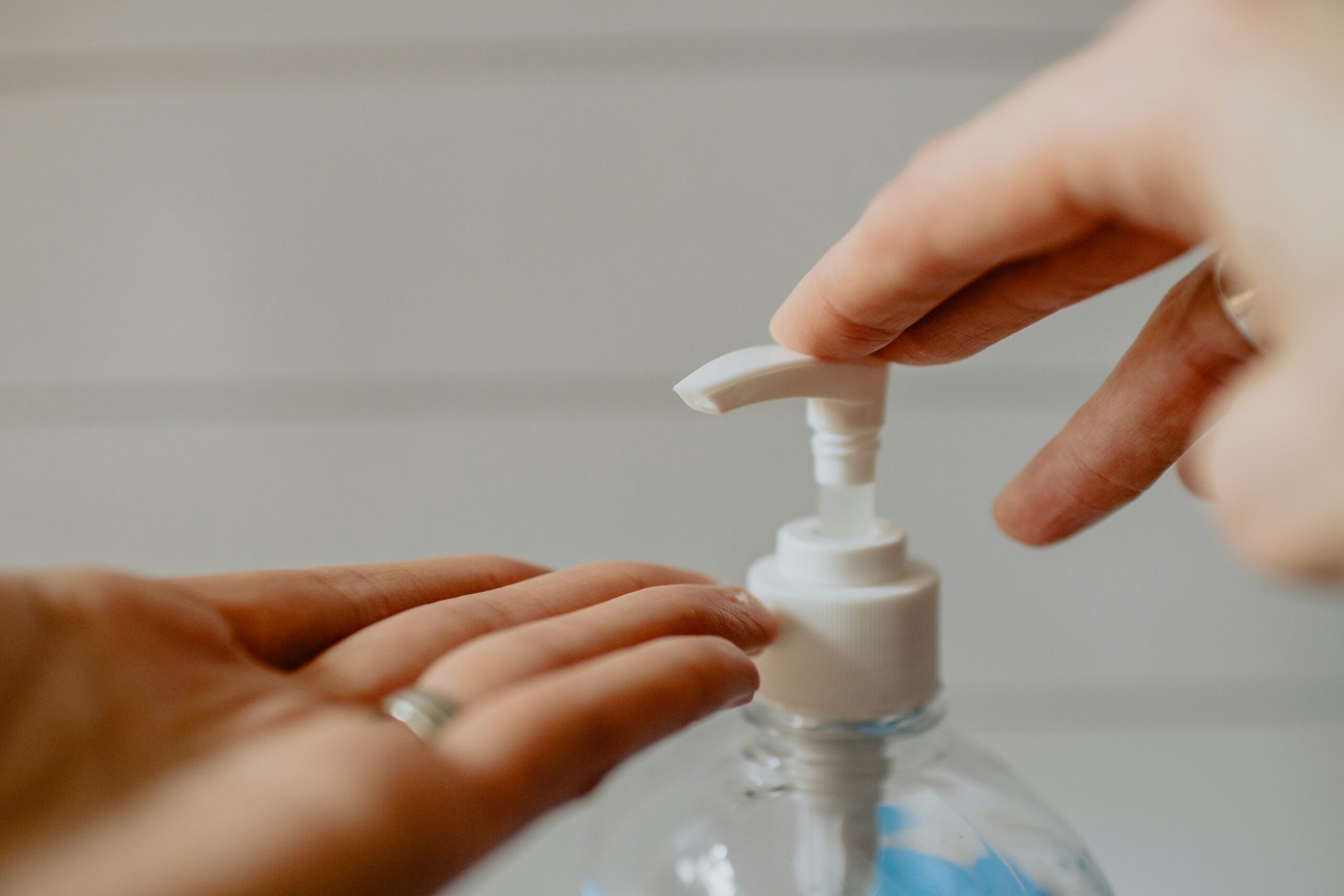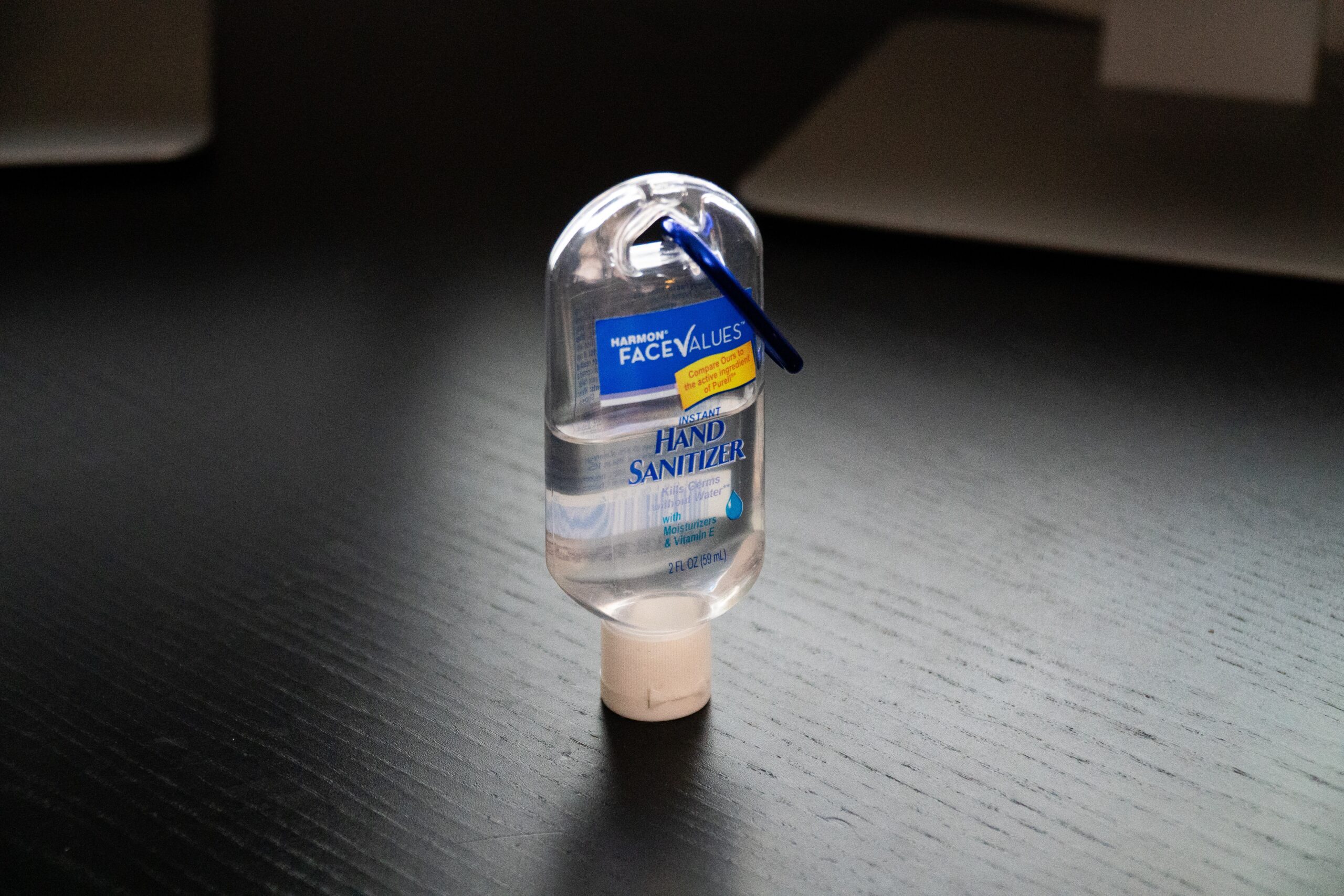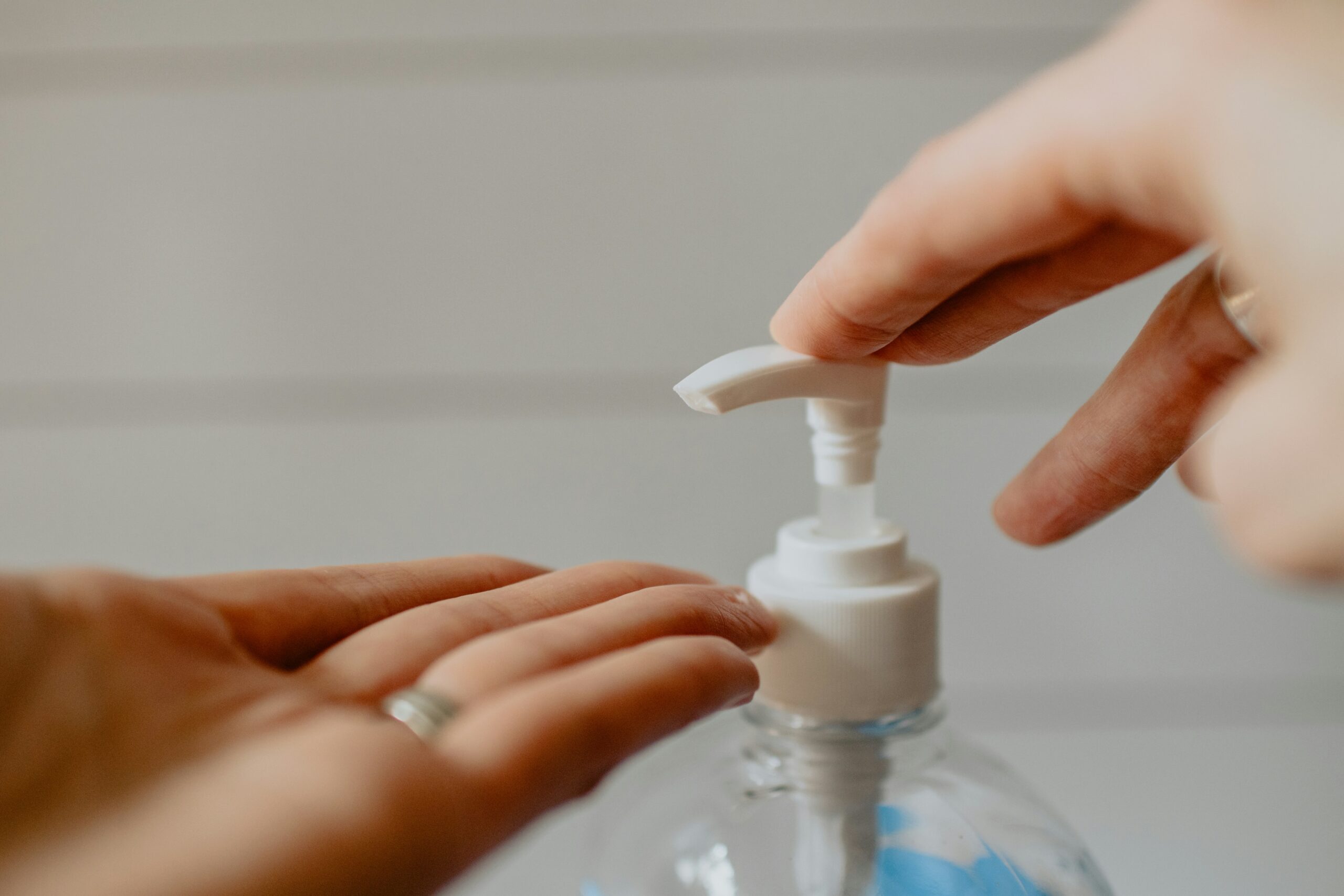Maintaining the cleanliness and safety of well water is paramount to ensure the health and well-being of you and your loved ones. This article explores the essential maintenance tasks required for effective well water disinfection and sanitation. From regular testing to controlling bacterial growth, we will discuss the steps you can take to keep your well water free from harmful contaminants. So, let’s dive right in and take a closer look at how you can ensure the purity of your well water.
Testing Well Water Quality
Testing for Bacterial Contamination
Regular testing for bacterial contamination is crucial to ensure the safety of your well water. Bacteria such as E.coli and coliforms can cause serious illnesses if consumed. Testing for bacterial contamination involves collecting water samples and sending them to a certified laboratory for analysis. The results will indicate the presence or absence of bacteria in your well water.
Testing for Chemical Contamination
Chemical contamination in well water can occur due to various factors such as nearby industrial activities or the use of pesticides and fertilizers in the vicinity. Testing for chemical contamination involves analyzing water samples for the presence of contaminants such as heavy metals, pesticides, and volatile organic compounds. Regular testing for chemical contamination is essential to ensure that your well water is safe for consumption.
Monitoring Water Treatment Systems
Checking Water Disinfection Equipment
Regularly monitoring and checking the performance of your water disinfection equipment is vital for ensuring the effectiveness of the disinfection process. This may include inspecting chlorine injection systems, peracetic acid dosing systems, or other disinfection methods you may have in place. It is important to ensure that the disinfection equipment is properly calibrated and functioning correctly to eliminate potential contaminants.
Inspecting Water Filtration Systems
If you have a water filtration system in place, it is crucial to regularly inspect and maintain it to ensure optimal performance. This may involve checking the condition of filter media, replacing or cleaning filters as needed, and inspecting for any leaks or malfunctions in the system. Regular inspection of your water filtration system will help ensure that it effectively removes physical impurities and contaminants present in your well water.
Maintaining Water Softeners
If you have a water softener system installed, it is important to maintain it properly to ensure its efficiency. This involves regular maintenance tasks such as replenishing salt supplies, cleaning or replacing resin beds, and checking the overall performance of the system. Proper maintenance of water softeners will help prevent the buildup of mineral deposits in your plumbing system and ensure the longevity of your equipment.

Disinfecting Well Water
Using Chlorine-Based Disinfectants
Chlorine-based disinfectants are commonly used for disinfecting well water. The process involves adding a calculated amount of chlorine to the well, allowing it to mix thoroughly, and then flushing the system to remove any residual chlorine. Chlorine effectively kills bacteria and other pathogens present in the water, ensuring its safety for consumption. However, it is important to follow proper guidelines and recommendations for chlorine disinfection to avoid overchlorination or underchlorination.
Shock Chlorination
Shock chlorination is a more intensive disinfection method that is used when bacterial contamination is detected or suspected in the well water. It involves adding a highly concentrated chlorine solution to the well and allowing it to sit for a specified period. After the designated time, the system is thoroughly flushed to remove the chlorine. Shock chlorination effectively eliminates bacteria and ensures the disinfection of your well water.
Ultraviolet (UV) Disinfection
UV disinfection is a chemical-free method of disinfecting well water that utilizes UV light to kill bacteria, viruses, and other microorganisms. This method involves installing a UV disinfection system in the water supply line, which exposes the water to UV light as it passes through. The UV light effectively neutralizes microorganisms, ensuring the safety and quality of your well water. Regular maintenance of the UV disinfection system, such as checking the UV lamp and cleaning the quartz sleeve, is essential to maintain its effectiveness.
Cleaning and Maintaining Well Infrastructure
Inspecting Wells for Physical Integrity
Regular inspections of your well for physical integrity are crucial to identify any potential issues or damage. This may involve checking the well casing for cracks, ensuring proper sealing and protection against external contaminants, and inspecting the well cap for any signs of deterioration. A well with compromised physical integrity may be more susceptible to contamination, so timely repairs and maintenance are essential.
Removing Silt and Sediment
Silt and sediment can accumulate in wells over time, affecting water quality and potentially causing damage to your well infrastructure. Regular removal of silt and sediment involves flushing the well, using a sediment filter or settling tank, or hiring professional well maintenance services to clean the well. Proper removal of silt and sediment will improve water flow, prevent clogging, and maintain the overall health of your well.
Removing Mineral Deposits
Mineral deposits, such as iron and manganese, can accumulate in wells and plumbing systems, leading to issues such as discoloration, staining, and decreased water flow. Regular maintenance tasks for removing mineral deposits may involve using specific cleaning agents or installing specialized filters to remove the minerals. Proper removal of mineral deposits will help maintain the functionality and longevity of your well and plumbing system.

Regular Well Water Testing
Testing for Bacterial Contamination
Regular testing for bacterial contamination is essential to ensure ongoing water safety. It is recommended to test for bacterial contamination at least annually, or more frequently if you experience any issues or changes in water quality. Testing involves collecting water samples and sending them to a certified laboratory for analysis. Regular bacterial testing will help ensure that your well water remains free from harmful bacteria and safe to consume.
Testing for Chemical Contamination
Regular testing for chemical contamination is crucial to identify any potential sources of contamination and ensure the continued safety of your well water. It is recommended to test for chemical contamination at least once every few years or more frequently if you suspect any chemical-related issues. Testing involves analyzing water samples for the presence of contaminants such as heavy metals, pesticides, and volatile organic compounds. Regular chemical testing will provide valuable insights into the quality of your well water and help you take appropriate measures if necessary.
Maintaining Pressure Tanks
Checking Pressure Levels
Regularly checking pressure levels in your pressure tank is important to ensure proper water pressure throughout your plumbing system. Low pressure may indicate issues with the pressure tank, pump, or other components of the system. Monitoring and adjusting pressure levels as needed will help maintain optimal water flow and prevent damage to your plumbing fixtures.
Ensuring Proper Insulation
Proper insulation of your pressure tank is essential to prevent freezing during cold weather conditions. Insulating the tank and associated pipes will help protect them from extreme temperatures and potential damage. Regularly inspecting the insulation and ensuring its effectiveness will help avoid disruptions in water flow due to frozen pipes and maintain the longevity of your pressure tank.

Servicing Water Pumps
Checking Pump Performance
Regularly checking the performance of your water pump is necessary to ensure its efficiency and prevent potential issues. This may involve monitoring the pump’s pressure levels, flow rate, and noise levels. Irregularities in pump performance may indicate the need for maintenance or repair. Monitoring and addressing pump performance issues promptly will help prevent system failure and ensure a continuous water supply.
Inspecting Wiring and Connections
Inspecting the wiring and connections of your water pump is important to ensure electrical safety and proper functionality. Regularly checking for loose or damaged wires, corroded connections, and signs of wear is crucial to prevent electrical hazards and maintain the reliability of your water pump system. Any necessary repairs or replacements should be carried out by a qualified professional.
Replacing Worn Parts
Over time, certain components of your water pump may wear out and require replacement. Regular inspection of the pump’s parts, such as seals, bearings, and impellers, will help identify any signs of wear or damage. Replacing worn parts as needed will ensure the optimal performance and longevity of your water pump.
Treating and Preventing Iron and Manganese Buildup
Using Iron and Manganese Removal Filters
If your well water contains high levels of iron and manganese, installing specialized iron and manganese removal filters can help alleviate the issue. These filters use various media or technology to remove the excess iron and manganese from the water, preventing staining, discoloration, and other related problems. Regular maintenance of these filters, such as backwashing and media replacement, will ensure their effectiveness in removing iron and manganese.
Maintaining Water Softeners
Water softeners can also help prevent and reduce iron and manganese buildup in your plumbing system. Regular maintenance tasks for water softeners include replenishing salt supplies, cleaning or replacing resin beds, and checking for any malfunctions or leaks in the system. Proper maintenance of water softeners will not only prevent iron and manganese buildup but also address hard water issues, improving the overall quality of your well water.
Preventing and Reducing Hard Water Issues
Installing Water Softeners
Installing a water softener system is an effective way to prevent and reduce hard water issues in your well water. Water softeners remove minerals such as calcium and magnesium, which cause hardness, through an ion exchange process. Regular maintenance of water softeners, as mentioned earlier, will ensure their proper functioning and prevent the negative effects of hard water on your plumbing fixtures.
Using Water Conditioners
Water conditioners are an alternative solution to traditional water softeners for addressing hard water problems. These devices modify the structure of minerals in the water, preventing them from causing hardness issues. Regular maintenance of water conditioners may involve replacing conditioning cartridges, cleaning the device, and monitoring its performance. Water conditioners provide an effective and chemical-free way to treat hard water and improve the quality of your well water.
Ensuring Safe Drinking Water
Properly Storing Chemicals
If you use chemicals for disinfection or maintenance tasks, it is crucial to store them properly to prevent accidental contamination of your well water. Chemicals should be stored in suitable containers, away from direct sunlight or heat sources, and in a locked or secure area to prevent unauthorized access. Following the manufacturer’s guidelines for chemical storage is essential for maintaining the safety and integrity of your well water.
Avoiding Cross-Contamination
Cross-contamination can occur when well water comes into contact with non-potable water sources or substances that may contain contaminants. To avoid cross-contamination, ensure that your well is properly protected and isolated from potential sources of contamination. This includes keeping the well cap securely fastened, avoiding the use of non-potable water for any well-related tasks, and preventing runoff or pooling of water near the well.
Flushing Water Systems After Maintenance
After performing any maintenance tasks that may introduce contaminants to your well water, it is important to thoroughly flush your water system. This involves running taps, showers, and other water outlets to flush out any residual contaminants or chemicals. Flushing the water system will ensure the removal of any potential contaminants and restore the safety and quality of your well water for consumption.
In conclusion, regular testing, monitoring, and maintenance are crucial for ensuring the safety and quality of well water. By following the outlined procedures, you can effectively disinfect, clean, and maintain your well water system, ensuring a reliable and safe supply of drinking water for you and your family. Remember to consult with professionals or certified laboratories for specific guidance and recommendations tailored to your well water system.

